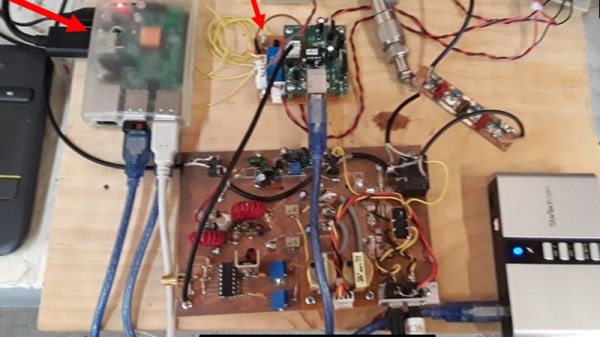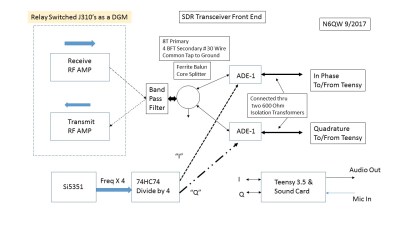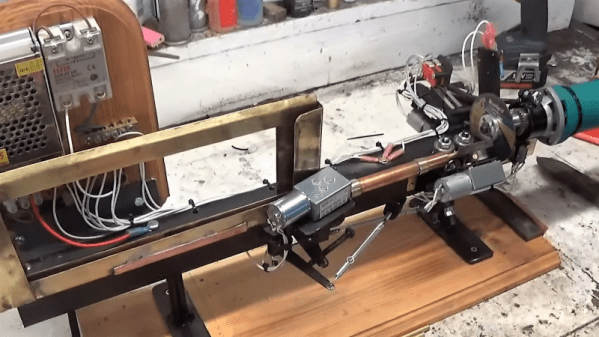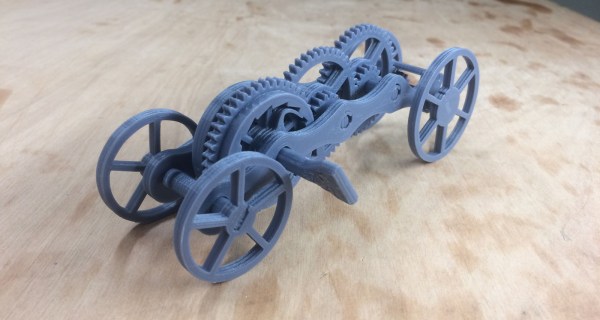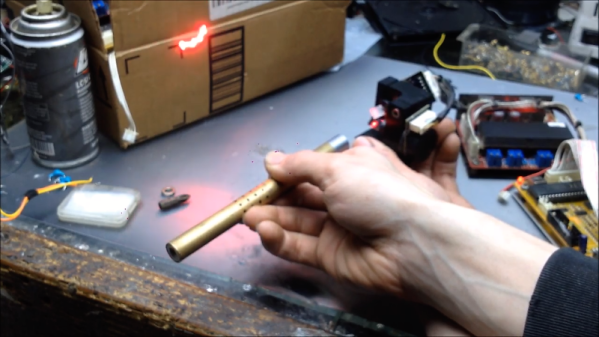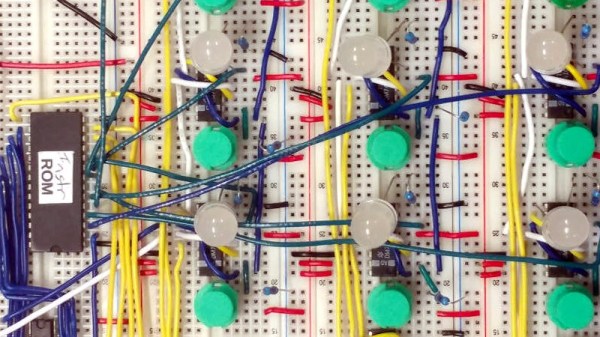Full-sized arcade cabinets are undeniably cool, but take up a lot of space and can be somewhat of a handful. [PleaseNoFisticuffs] desired something a little more fun-sized, and so built a desktop arcade machine that has some serious style.
It’s a build that’s remarkably accessible for even the inexperienced builder. Paper templates are used to cut out the plywood parts for the cabinet, and the electronic components are all off-the-shelf items. Assembly is readily achievable with high-school level woodworking and soldering skills. Like most similar builds, it relies on the Raspberry Pi running RetroPie, meaning you’ll never run out of games to play.
Where this project really shines, however, is the graphics. Cribbed from Mortal Kombat II and looking resplendent in purple, they’re key to making this cabinet a truly stunning piece. The attention to detail is excellent, too, with the marquee and screen getting acrylic overlays for that classic shine, as well as proper T-moulding being used to finish the edges.
We’d love to have something like this on our desk, though we’d likely get far less work done in such an event. For another take on an arcade build, check out this impressive Undertale pinball cabinet.


